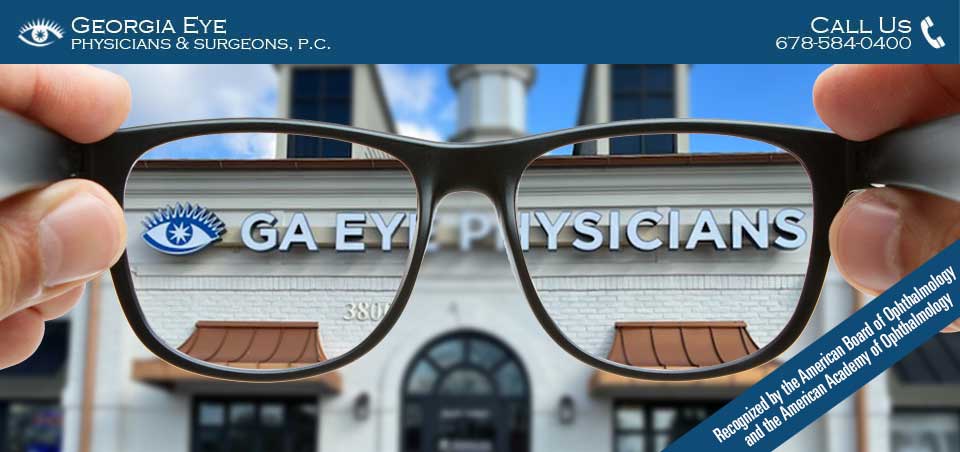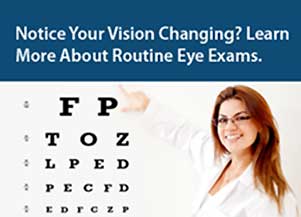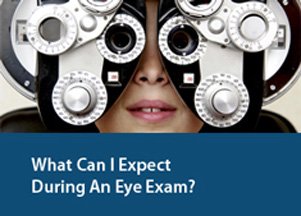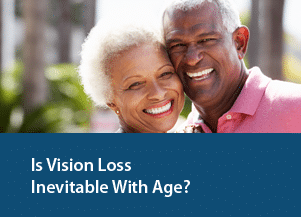What Happens as the Eye Gets Older?
Most of us are familiar with the laundry list of minor irritations and inconveniences that accompany growing older. But many people fail to take into consideration the effects that aging can have on your vision. In fact, changes in vision can often be one of the first and most undeniable signs of aging. As time passes, the functional abilities of the eye wane, as do the receptive, storage, and the analytical capacities of the central visual system as a whole. Understanding what this means in layman’s terms and being aware of the changes that can occur will help you know what to expect as you grow older and distinguish common complaints from serious eye conditions. Here are some of the most significant changes that can affect aging eyes.

Normally, the lens of the eye flexes and bends, changing its shape to help the eye focus. However, as we get older, the lens slowly becomes more rigid, making it increasingly difficult to focus on nearby objects, specifically those closer than two feet. This change in vision, called presbyopia, ultimately affects nearly everyone to varying degrees, making magnifying reading glasses, bifocals, or glasses with variable-focus lenses a necessity.
Color Perception Changes
Over time, damage from ultraviolet light and other environmental factors can make the lens of the eye to take on a yellowish tinge. This can cause colors to look less bright and make contrasts between different colors more difficult to see. Blues may look more gray and blue print or background may look washed out. These changes are insignificant for most people, but if they seriously impair vision they may require intraocular lens replacement surgery to rectify.
The Eyes Need More Light
Increased thickness and density in the lens means that less light passes through to the retina at the back of the eye. This combined with the fact that the retina itself grows less sensitive means that an average 60-year-old needs approximately 3 times more light to read than an average 20-year-old. While some difficulty seeing in dim light is common as we get older, a significant loss in night vision may also be one of the signs of worsening cataracts and so should be closely monitored.
The Eyelids Sag and Droop
Over time, the muscles around the eye weaken and the tendons stretch, allowing the eyelid to hang away from the eyeball. This condition (called ectropion) may interfere with lubrication of the eyeball and, because the number of cells that produce fluids to lubricate the eyes also tends to decrease with age, chronic dry eye may potentially become a serious problem.
These are only some of the many different changes that can affect the eyes as we grow older. If you have started to notice significant and persistent changes in your vision, please contact Georgia Eye Physicians and Surgeons today to schedule a comprehensive eye examination. Be sure to follow us on Facebook, Twitter, and Google+ for more information on how to keep your vision healthy.












